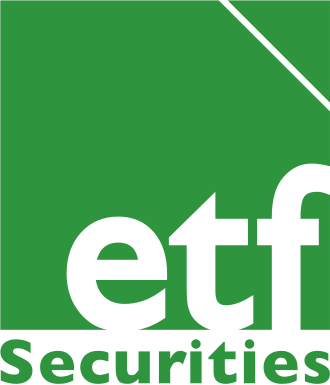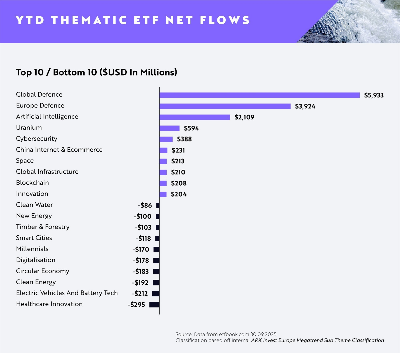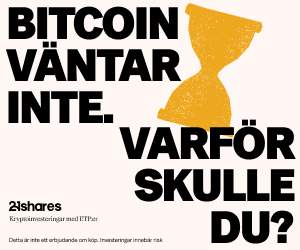ETF Securities FX Research: Central bank policy key for FX direction in H2
Summary
- USD dollar in a bottoming process as the US Federal Reserve becomes more proactive with monetary policy.
- Euro primed for decline as investor positioning is extremely overcrowded despite measured European Central Bank (ECB) rhetoric.
Upside potential for GBP despite the mixed message from the Bank of England (BOE) keeping volatility elevated.
New directional driver for FX
Currency volatility has made a persistent move downward in recent weeks, back towards longer-term averages and in line with the trends in other asset classes. We believe that the fade in European political uncertainty has been a key factor in the reduction in FX volatility.
We expect that the changing policy stance amongst major central banks will once again be the main driver of FX direction in H2 2017, as the investor focus on political risks diminishes. In turn, as inflation becomes evident, real interest rate differentials will become an increasingly important indicator for FX markets.
USD in a bottoming process
The more hawkish stance from the Fed in recent weeks is key to the beginning of an H2 USD rally. The Fed’s commentary post its June rate hike appears to be more proactive, suggesting a tighter policy stance by year-end. Historically the Fed has been very reactive with its interest rate settings. However, it is a welcome development that the Fed is taking its mandate of price stability more seriously, with the jobs market near full employment and alongside a continued improvement in growth. Such a change in stance shows its commitment to mitigating the adverse effects of unanchored inflation expectations on growth. As a result of the Fed becoming a more credible inflation fighter, the USD will be buoyed against other G10 currencies, particularly the EUR and JPY – two of the largest weights in USD indices.
We expect that, although gradual, the Fed’s rate hikes in 2017 and early 2018 will buttress the USD as real rate differentials rise. In turn, the USD should reverse its recent course and trade towards the top of its six-month range by year-end – a potential gain of around 3%.
Euro looks extremely stretched
We feel that the Euro strength is at risk of a rapid unwind as the ECB continues to be conservative in its policy prescriptions. Compared to historical long-term averages, positioning for the Euro, particularly against GBP is extremely stretched. Investor optimism is at odds with market pricing in the options market, which is neutral and in line with historical averages. Investors appear to be pricing in action that may not occur in the near-term from the ECB, namely a strident discussion on tapering the size of the balance sheet.
Central bank policy has historically been conservative – the ECB has been very careful not to spook the market. Draghi’s very balanced comments suggest stimulus will remain in place for some time yet, and could disappoint market expectations for tapering in the near-term. Draghi noted that ‘our policy needs to be persistent, and we need to be prudent in how we adjust its parameters to improving economic conditions’. These comments were misinterpreted, boosting the Euro, despite only a 75% chance of a rate hike priced in by September 2018.
Is Carney losing control?
Similarly, there is a 75% chance of a rate hike for August 2018 for the UK. The sharp swing in the Monetary Policy Committee voting from 7-1 to 5-3 (at its June meeting) in favour of not raising rates has supported GBP. It also suggests the Governor is losing control of the Committee members. However, it is difficult to have a strong consensus when the policy message is so inconsistent. To begin, the BOE’s Chief Economist Andrew Haldane (who voted to keep rates on hold) noted that ‘the dangers of moving too late outweighed those of moving too soon’, the first signal of a change in the MPC mind-set. Deputy Governor Cunliffe followed up with the suggestion that ‘domestic inflation pressures…gives us a bit of time…’, indicating a relatively neutral policy outlook, in line with the Governor’s supposed view. However, Governor Carney then surprised the market stating ‘some removal of monetary stimulus is likely to become necessary’.
The mixed messages from the BOE are confusing investors and keeping GBP volatility elevated. We expect the Bank of England to unwind its Brexit-induced rate cut of 2016 in the second half of 2017, but not to remove its balance sheet stimulus from the economy. GBP will benefit from tighter policy settings.
No light at end of the JPY tunnel
With the risks to the global economic recovery falling, we expect that the JPY should remain a funding currency as we expect the Bank of Japan’s (BOJ) Quantitative and Qualitative Easing program to be expansive throughout 2017. Accordingly, we feel that the ongoing stimulus from the BOJ will keep yields low and force domestic money offshore to search for yield. Such investment outflows will lead to a persistent decline in JPY. The only thing that could give upward impetus to the Yen would be a sharp ‘repricing of risk premia’ (in the words of the European Systemic Risk Board), in turn prompting a risk asset correction.
The bottom line…
As currency volatility continues to moderate, GBP will again test the 1.30 level and potentially break to the upside, targeting 1.35. We expect that the Euro – the best performing G10 currency in H1 2017 – will be one of the laggards in H2. The USD will grind higher but the Yen will remain at the foot of the G10 currency pile.
Important Information
General
This communication has been issued and approved for the purpose of section 21 of the Financial Services and Markets Act 2000 by ETF Securities (UK) Limited (“ETFS UK”) which is authorised and regulated by the United Kingdom Financial Conduct Authority (the “FCA”).

 Nyheter4 veckor sedan
Nyheter4 veckor sedan
 Nyheter3 veckor sedan
Nyheter3 veckor sedan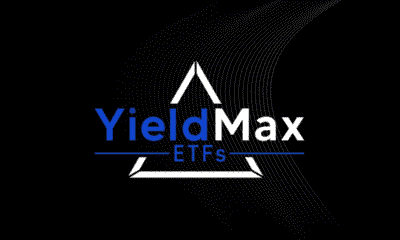
 Nyheter4 veckor sedan
Nyheter4 veckor sedan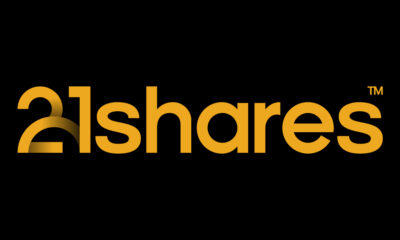
 Nyheter4 veckor sedan
Nyheter4 veckor sedan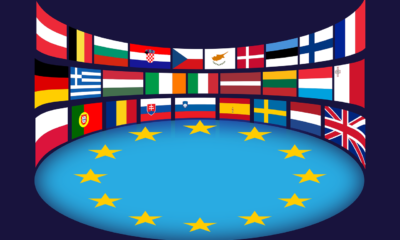
 Nyheter3 veckor sedan
Nyheter3 veckor sedan
 Nyheter2 veckor sedan
Nyheter2 veckor sedan
 Nyheter4 veckor sedan
Nyheter4 veckor sedan
 Nyheter3 veckor sedan
Nyheter3 veckor sedan
